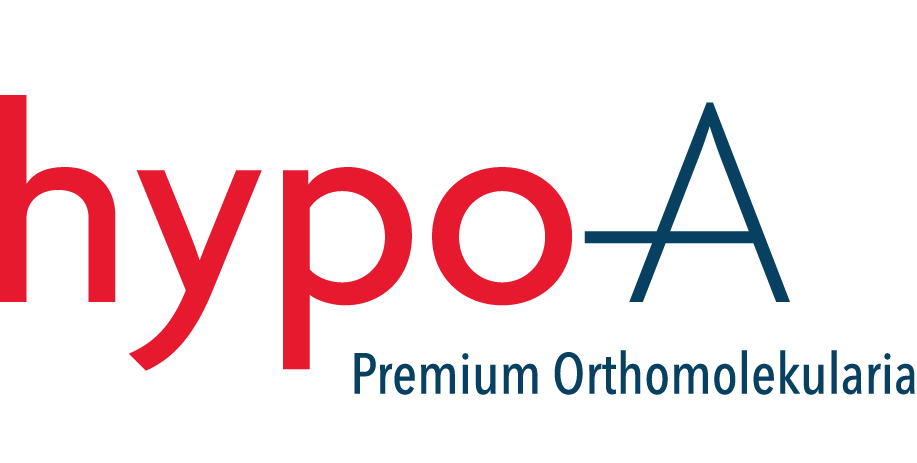Unsaturated fatty acids, to which omega-6 fatty acids belong, assume many vital functions in the body.
The primary agents of omega-6 fatty acids are linoleic acid (LA), gamma-linolenic acid (GLA) and arachidonic acid (AA). Even if all three belong to omega-6 fatty acid, they perform different – partially even opposing functions – functions in the body.
Therefore, it is necessary to look closely if this involves omega-6 fatty acids. While, e.g. derived products of arachidonic acid have rather undesired effects, the gamma-linolenic acid is valued as a "good" omega-6 fatty acid in food and natural medicine.
Thus, we need the omega-6 fatty acid, gamma-linolenic acid

Gamma-linolenic acid is an essential basic substance for the production of functionally significant structural lipids and certain substances inhibiting inflammation (prostaglandins of series 1 - PG1). They play a role
- in hormonal regulation in women and men
- with the dilation of blood vessels
- with the dilation of the respiratory tracts
- in the inhibition of inflammation
- in the regulation of the discharge of gastric acid
- in the development of the nervous system and the regulation of the transmission of stimuli in the skin.
This also explains why gamma-linolenic acid or its antecedent, linoleic acid, has been regarded as a nutritional tip for scaly, itchy skin for decades. In this case, taking this omega-6 fatty acid only on a long-term and regular basis can be expedient.
Where do we obtain the omega-6 fatty acid, gamma-linolenic acid?
Our body can produce gamma-linolenic acid itself from linoleic acid. As an essential polyunsaturated omega-6 fatty acid, sufficient amounts of linoleic acid must be taken with food on a regular basis. The conversion of the linoleic acid into gamma-linolenic acid is facilitated by the enzyme, gamma-6 desaturase. Thus, it needs sufficient amounts of
- Linoleic acid (e.g. from vegetables, nuts and seeds)
- Magnesium
- Calcium
- Zinc
- Vitamin B6
- Biotin
An insufficient supply of these substances can also lead to a deficiency of gamma-linolenic acid. If the enzyme does not function properly, which presumably also plays a role with neurodermatitis, sufficient amounts of gamma-linolenic acid cannot be produced. The result is too low of a concentration of this omega-6 fatty acid. This in turn impacts the skin function because the gamma-linolenic acid is an essential part of the skin and a preliminary stage for the production of important tissue hormones. In these cases, taking gamma-linolenic acid directly - as it is found in abundance, e.g. in evening primrose oil and borage oil - can help.
Please read the following articles as well:


